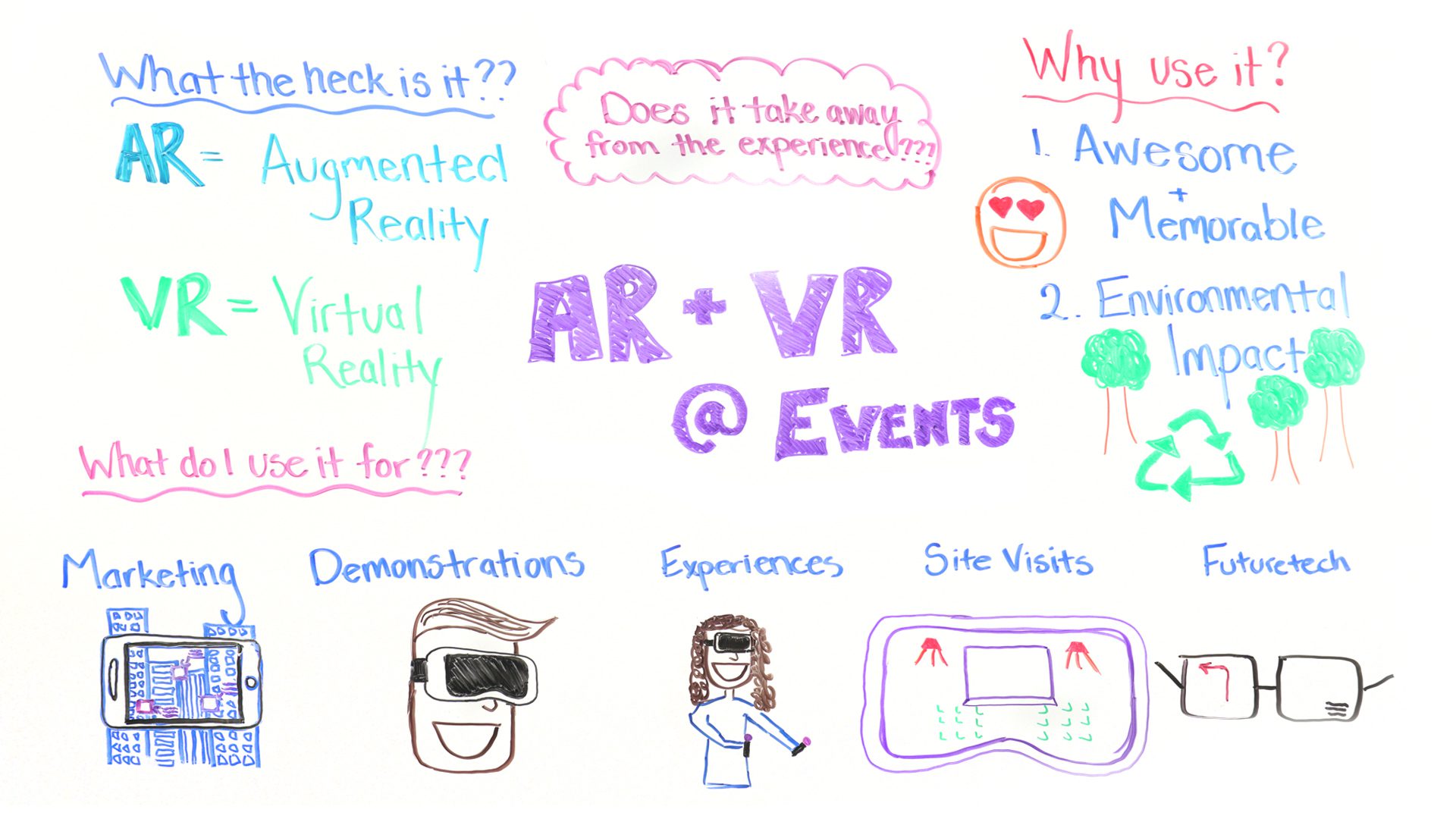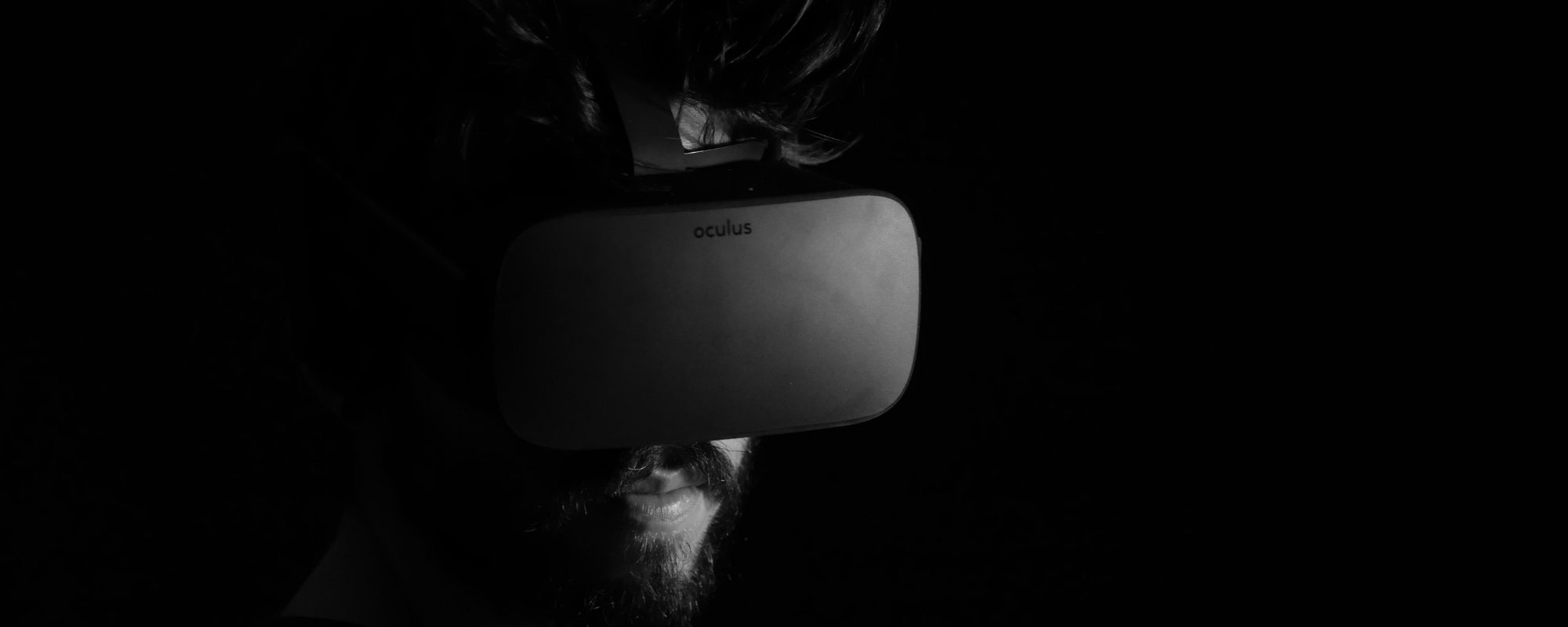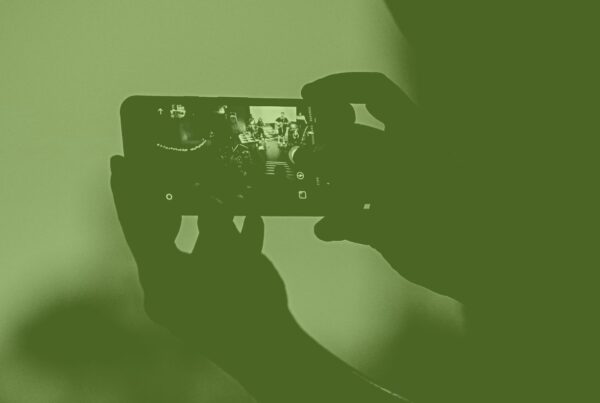You’ve all heard about AR and VR at events. The terms have been buzzwords for years now, they are constantly on the biggest trends lists and talked about. But how do you use AR and VR at your events? What can you really do with it that will enhance your event? If those questions have popped into your mind you aren’t alone.
In today’s episode of Whiteboard Wednesday, Brandt Krueger, of Event Technology Consulting will be walking us through how to use AR and VR at your events. He will walk you through engaging ways to use AR and VR, the differences between them and also some ways AR and VR help the industry beyond use at your event! Let’s jump in!

How to Use AR and VR At Your Events
Even though many people are hesitant about adopting these exciting event technology trends, Brandt notes that event planners are starting to get curious about how to use AR and VR at events. They mean two different things, yet many of us still don’t know the difference. So, let’s start with some definitions!
Augmented Reality
Augmented reality means layering something over reality. We can still see the world as it is and move around it, but there is some sort of information layered over it.
One of the first examples of augmented reality was Google Glass. There’s some new technology in the world of AR, such as Microsoft HoloLens or the Magic Leap.
Virtual Reality
Virtual reality provides a fully immersive experience. We put a headset over our eyes and it’s covering our ears as well. We leave this world and enter a fully virtual world. The products that we’re talking about here are Oculus Rift and Google Daydream.
Brandt also mentions immersive video as a subcategory of VR. It’s prerecorded. You can turn your head around and can see 360. But you’re not able to interact with the environment. It’s like watching a movie.
What Can I Use AR & VR For At My Event?
Marketing
Brandt’s example: you’re at a trade show with a Visit Mexico booth. There, attendees can put on a headset and see what Mexico looks and feels like.
Experience
Brandt mentions a photo booth or a golf simulator. Booths can let visitors have an experience in VR.
Demonstrations
Demonstrations at trade shows require a lot of heavy equipment. Wouldn’t it be nice if we could use either AR or VR experience in the booth where we can put on the headset, walk around it, see what it looks like in 3D, get a feel for how big it is, and then take it apart?
Future of AR/VR
Brandt is looking forward to augmented reality built into our glasses.
Think about a trade show environment or wandering a property that you’re at an incentive trip or something like that on, and being able to really layer over almost like Google Maps for indoors, right? Where, okay, my alarm goes off. It’s 3:00 PM. I’m supposed to have a hosted buyer appointment all the way at booth 4912, and I just quickly, a couple of taps on my event app and it brings up the augmented reality into my glasses and bing, there’s off in the corner. I can see a pin where hovering over where that booth actually is. And then on the floor, it shows me the route that I should take in order to get there before my 1:00 appointment.
Or, again, you’re wandering a venue. We’re moving from the general session, we’re gonna go down to the reception on the beach. Great. How do we get there? Again, we’ve got Google Maps for our augmented reality glasses where we can actually do that.
Environmental Impact
AR and VR can lessen the environmental impact of events. Think less shipping and easier venue visits. If planners could do virtual site visits, they would save money and time, while being able to check out more venues.
AR & VR Will Aid Design & Planning
Brandt is excited about the opportunity to walk into a ballroom, put on the AR, and inspect the venue.
AllSeated are doing a great job out there of putting together these virtual tours where not only can you see the hotel venue in a fully immersive 3D environment, but then able to actually show these setups.
The Future Is Now!
You now hopefully know how to use AR and VR at events. We’ve gone over several use cases, including virtual venue visits and enhanced experiences at exhibitor booths. As the industry keeps on evolving, the list will probably become even longer.










